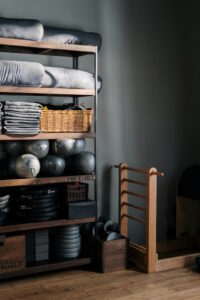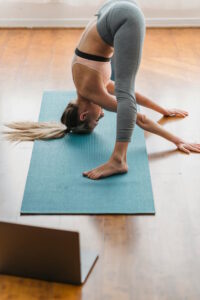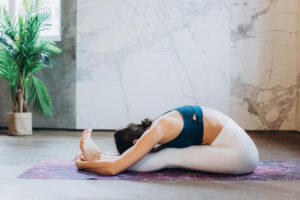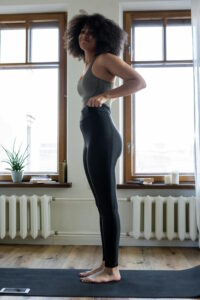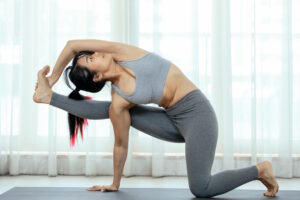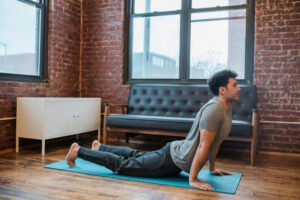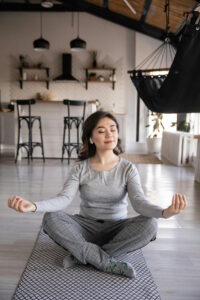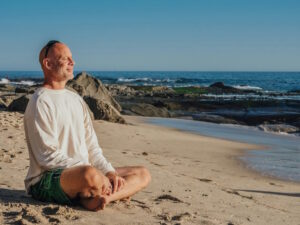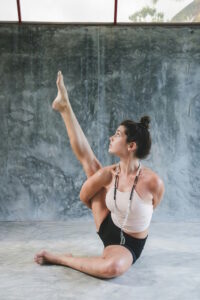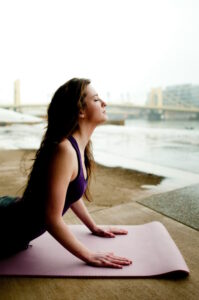
Pilates is renowned for its effectiveness in developing core strength, and mat exercises are a fundamental component of this practice. Core strength is essential for stability, posture, and overall fitness. In this comprehensive guide to Pilates mat exercises for core strength, we’ll explore the significance of Pilates in strengthening the core, how to perform these exercises effectively, their impact on abdominal muscles, and the engagement of the core throughout the practice.
Is Pilates Good for Strengthening Your Core?
Absolutely, Pilates is exceptionally effective for strengthening the core. The core, often referred to as the body’s powerhouse, includes the muscles of the abdomen, lower back, pelvic floor, and hips. Pilates exercises specifically target these muscles, working to build strength, stability, and endurance.
Pilates places a strong emphasis on controlled, precise movements that engage the core muscles throughout each exercise. Whether you’re performing classic exercises like the Hundred, the Roll-Up, or the Plank, or more advanced variations, you’ll find that Pilates continuously challenges the core, leading to improved strength and overall body control.
How to Do Pilates for Core?
To effectively strengthen your core through Pilates mat exercises, follow these steps:
1. Begin with Proper Alignment: Start each exercise by lying on your back with your feet hip-width apart and your knees bent. Maintain a neutral spine position, which means your natural lumbar curve is maintained.
2. Focus on Your Breath: Pilates incorporates specific breathing techniques. Inhale through your nose to prepare, and exhale through your mouth as you initiate the movement. This helps engage the deep core muscles.
3. Controlled Movements: Perform each exercise with controlled and deliberate movements. Avoid using momentum, and concentrate on using your core muscles to initiate and sustain the movement.
4. Maintain Form: Pay close attention to proper form and alignment. Keep your shoulders relaxed, and avoid straining your neck or shoulders during exercises.
5. Progress Gradually: Pilates offers exercises of varying levels of difficulty. Start with basic exercises if you’re a beginner, and gradually progress to more advanced variations as you build strength and confidence.
6. Consistency: Consistency is key to building core strength through Pilates. Aim to practice regularly, even if it’s just a few exercises each day.
7. Incorporate Variety: Pilates offers a wide range of exercises that target different aspects of core strength. Incorporate a variety of exercises into your routine to work all areas of the core.
Is Mat Pilates Good for Abs?
Yes, mat Pilates is excellent for strengthening the abdominal muscles (abs). Many mat Pilates exercises specifically target the abdominal muscles, helping to tone and define them. Movements like the Hundred, the Roll-Up, and the Double Leg Stretch engage the rectus abdominis (the “six-pack” muscles), while exercises like the Plank and Side Plank work the obliques (side abdominals).
Mat Pilates also strengthens the deeper core muscles, including the transverse abdominis, which plays a significant role in stabilizing the spine and supporting good posture. Strengthening these muscles not only enhances the appearance of the abdominal area but also improves overall core strength and function.
Does Pilates Engage Your Core?
Yes, Pilates engages the core muscles throughout every exercise. One of the key principles of Pilates is the concept of core engagement, often referred to as “navel to spine” or “scooping the abs.” This means that practitioners are encouraged to contract the deep abdominal muscles, including the transverse abdominis, to support and control movement.
The engagement of the core is not limited to specific exercises; it is a fundamental aspect of the entire Pilates practice. Whether you’re performing a leg lift, a twist, or a simple breathing exercise, the core is actively involved in stabilizing and controlling the movement.
Summarizing the Answers
In summary, Pilates mat exercises are highly effective for strengthening the core. Pilates targets the abdominal muscles, lower back, pelvic floor, and hips through controlled, precise movements that engage the core throughout each exercise. To harness the benefits of Pilates for core strength, it’s essential to focus on proper alignment, controlled movements, and consistent practice. By incorporating a variety of exercises and progressing gradually, you can build a strong and stable core that enhances not only your physical appearance but also your overall fitness and well-being.
